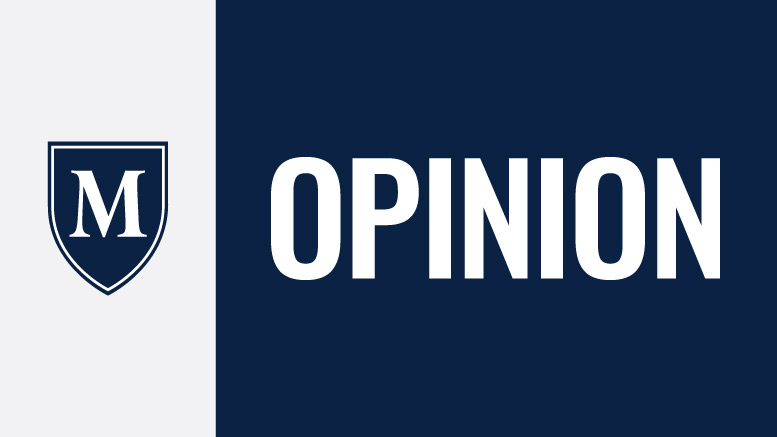Within the last decade, there has been a skyrocket of talk of inclusive language. When I was growing up, it was taboo to talk about being in the LGBTQ+ community, especially in the small town I was raised in. When I slowly began to realize I was transgender during middle school and high school, I didn’t understand how inclusive language could affect people. Now that I’ve grown, come out and educated myself, I feel it’s my duty to educate others and explain how and why inclusive language is needed and why it should be talked about.
Why is inclusive language important? First, we need to talk about the difference between sex and gender. Sex is a trait that determines your reproductive function. The two main categories that we know are male and female, but there is no way that we can put every human inside of that box. There are also individuals who are intersex, which can mean a wide variety of things. Some can have differences in their physical appearance, hormones, internal anatomy and/or chromosomes. According to amnesty.org, around 1.7 percent of people are born with intersex traits. This is comparable to people born with red hair. Gender, on the other hand, is a binary. There are many people in the world who don’t identify with the simple two-gender system many have grown accustomed to. Many people, 1.2 million according to the Williams Institute, identify as non-binary. Non-binary is simply stated as someone whose gender identity doesn’t sit as just male or female. Using inclusive language can help people who don’t identify with the system we created to describe gender. I, as an example, identify as a transgender man. Though I was assigned female at birth, around high school, I began using male assigned pronouns, and I plan on taking testosterone to further my transition. Sex and gender are two seperate entities and should be treated as such.
What is inclusive language? Inclusive language is a way that we as humans can avoid being offensive in many different categories including race and gender. This prevents us from being biased and prejudiced against a certain group of people. One example of this comes from the terms “chestfeeding” and “breastfeeding.” We as humans have been using the term “breastfeeding” for hundreds of years. This is often used to describe mothers who lactate and use these biological processes to feed their newborn children. Now, with the gender binary becoming more accepted in today’s society, using the term “chestfeeding” to describe those who lactate and feed their children is the best terminology in order to let others feel included. There are many reasons why someone could be uncomfortable using the term “breastfeeding.” Those who are on the transgender and non-binary spectrum may find the word uncomfortable, as it may cause discomfort and dysphoria among them. The term can potentially cause discomfort among those who are breast cancer survivors, and some may even be uncomfortable with the term “breast” because of the sexual connotation associated with it. Just because this is the inclusive term doesn’t mean people are trying to take away terminology for mothers. The term “chestfeeding” includes mothers as well as trans and non-binary parents. Some other examples of inclusive language would be a big group of people “friends and colleagues” instead of addressing them as “ladies and gentlemen.” If there was a non-binary or questioning individual in the crowd, they could feel left out of the conversation. Inclusive language benefits us all, and helps everyone feel welcomed and included. If you don’t know what someone wants to be called, just ask them! It’s as easy as walking up to a person and asking “What are your pronouns?” or asking what they identify as.
At the end of the day, using inclusive language is what is best for this generation. It teaches all of us to be more open-minded and tolerant toward everyone, whether it be because of their gender, their race or something else we aren’t able to see. If we all take the time to educate ourselves and others, we could be closer to breaking down the walls of discrimination and make language more relatable and embracing to others.


























































































